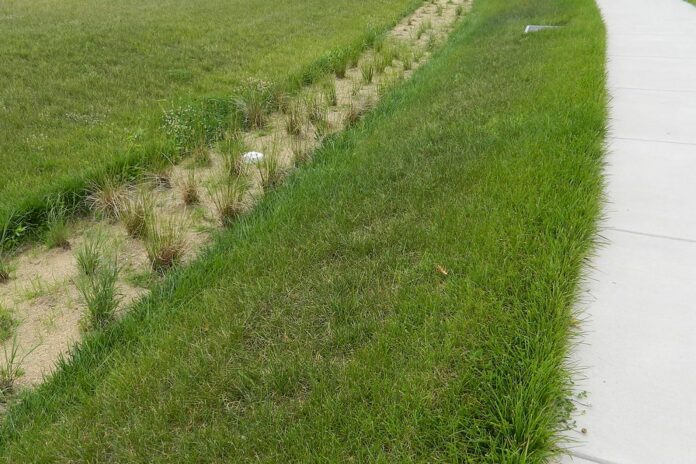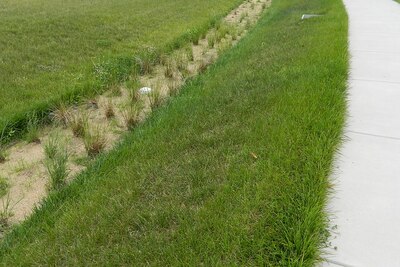FORT GEORGE G. MEADE, Md. –
Spring rains revitalize the plants all over Maryland, but the plants carefully selected and planted at NSA headquarters at Ft. Meade, Md. were chosen to benefit the Chesapeake Bay.NSA adheres to Maryland’s stringent requirements for stormwater management to protect the watershed near the Chesapeake Bay, the largest estuary in the United States.
“The agency has a large footprint and influence in Maryland. We take seriously our role as a good neighbor to the bay and all that it means to the state and people here,” said Michael Vice, deputy chief of NSA’s office of Occupational Health, Environment, and Safety Services (OHESS).
NSA has a variety of bioretention areas, sidewalk pavers, tree boxes, swales, ponds, and protected wetlands as methods to keep the Chesapeake Bay safe. “These stormwater features are a big part of fulfilling our responsibility to the bay,” said Vice.
With a more natural or “wild” look, the green infrastructure areas are easy to distinguish from regular landscaped areas. Despite their disorderly appearance, these areas provide flood and pollution prevention.
The soil, mulch, and native plants act as a sponge to absorb, treat, and manage stormwater. As the rain passes through the green infrastructure, pollutants are filtered and the water gently enters the ground and surface waters.
The once-preferred aesthetics of perfect grass with trimmed bushes and curated flowers have given way to a more natural look with native plants and other green infrastructure to promote biodiversity. Improved stormwater management results in a healthier landscape.
The bioretention features are designed to prevent stormwater from rushing through the area at a high velocity and collecting pollutants and flowing directly into the nearby Little Patuxent River.
“It’s important that we take every step necessary to design a campus that promotes a healthy environment and respects the treasure that is the Chesapeake Bay as many of us are residents of Maryland,” added Randy Westfall, Chief of NSA’s Installations and Logistics (I&L).




